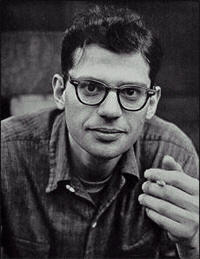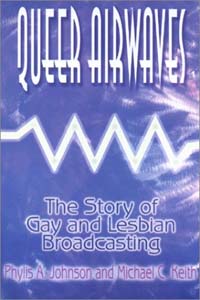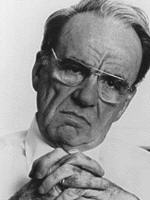 |
|
The Story of Gay & Lesbian Broadcasting Queer Airwaves: The Story of Gay and Lesbian Broadcasting, Phylis A. Johnson and Michael C. Keith. (Armonk, NY: M.E. Sharpe, 2001.) 298 pages; $44.95 cloth
The nation's television viewers got their first glimpse of openly gay men in 1967 when Mike Wallace hosted CBS Reports: The Homosexuals, a one-hour documentary that debunked some gay stereotypes and promoted others. Among the first on-going radio programs targeting gay listeners were Gaydreams, which began in Philadelphia in 1971, and "I-M-R-U," which followed in Los Angeles in 1974 and is still broadcasting today on Pacifica's KPFK 90.7 FM.
Cable access opened the doors to a plethora of gay-and lesbian-oriented programming, including Dyke TV, which debuted in Manhattan in 1993 and now airs in seventeen states from Hawaii to Massachusetts. The Lesbian and Gay Country Music Association was founded in 1998. Many of these and other milestones summarized in Queer Airwaves have been illuminated in other books or articles, but this work by two communication professors marks the first time that so many pieces of information have been pulled together into a single source. Not surprisingly, the story includes plenty of setbacks along with the triumphs. Johnson and Keith are not reluctant to tell those parts of the story. They describe how Sophie's Parlor was among the first lesbian/feminist radio programs in the United States, beginning on the Georgetown University campus station in Washington, DC, in the early 1970s, only to be dropped when the station decided it no longer wanted to put homosexual content on the air.
One noteworthy example is the Gay News Network, a nationally distributed news magazine program that was born in 1994 and can now be viewed in sixty cities. GNN, which Johnson and Keith call "Gay America's answer to CNN," is based in the nation's capital. The operation relies on volunteers to do much of the heavy lifting. GNN was particularly innovative in developing a network of correspondents through the National Lesbian and Gay Journalists Association. After the association's national convention each year, interns create GNN programming from their home cities. Johnson and Keith, unlike many U.S.-based media scholars, strive to include an international perspective on their subject. They document a strong tradition of gay and lesbian broadcasting in Canada and Australia, and they also describe This Way Out, a half-hour weekly radio news magazine that airs on 100 stations in seven countries-the program also broadcasts in Real Audio on the Internet on PlanetOut Radio. Many readers who are familiar with the gay community's relationship to the American media undoubtedly will find fault with some of the authors' decisions regarding what to include in their book. I was disappointed, for example, not to read about Phil Donahue's contributions. This Irish-Catholic TV talk show host provided an unprecedented national venue for gays to discuss important issues. By the end of his twenty-nine-year run, Donahue had done more than anyone else in media history to expose the public to the gay experience.
What's more, the authors do not always do an adequate job of identifying who the person is who is being quoted. One fellow who speaks for the first time on page 4 is not identified until more than 100 pages later. Ouch. Rodger Streitmatter, Ph.D. is a member of the School of Communication faculty at American University in Washington, D.C. His latest book, Voices of Revolution: The Dissident Press in America has just been published by Columbia University Press. He is also the author of Unspeakable: The Rise of the Gay & Lesbian Press in America (Faber & Faber, 1995) and Raising Her Voice: African American Women Journalists Who Changed History (The University Press of Kentucky, 1994) |


 Allen Ginsberg and his reading of Howl on a 1965 Berkeley radio station ushered in an era of gays on the airwaves
Allen Ginsberg and his reading of Howl on a 1965 Berkeley radio station ushered in an era of gays on the airwaves  An attempt to program gay issues and music around the clock on a national basis began in Denver in 1992 in the form of KGAY Radio.
An attempt to program gay issues and music around the clock on a national basis began in Denver in 1992 in the form of KGAY Radio.
 Media mogul Rupert Murdoch told gays to go back in the closet
Media mogul Rupert Murdoch told gays to go back in the closet